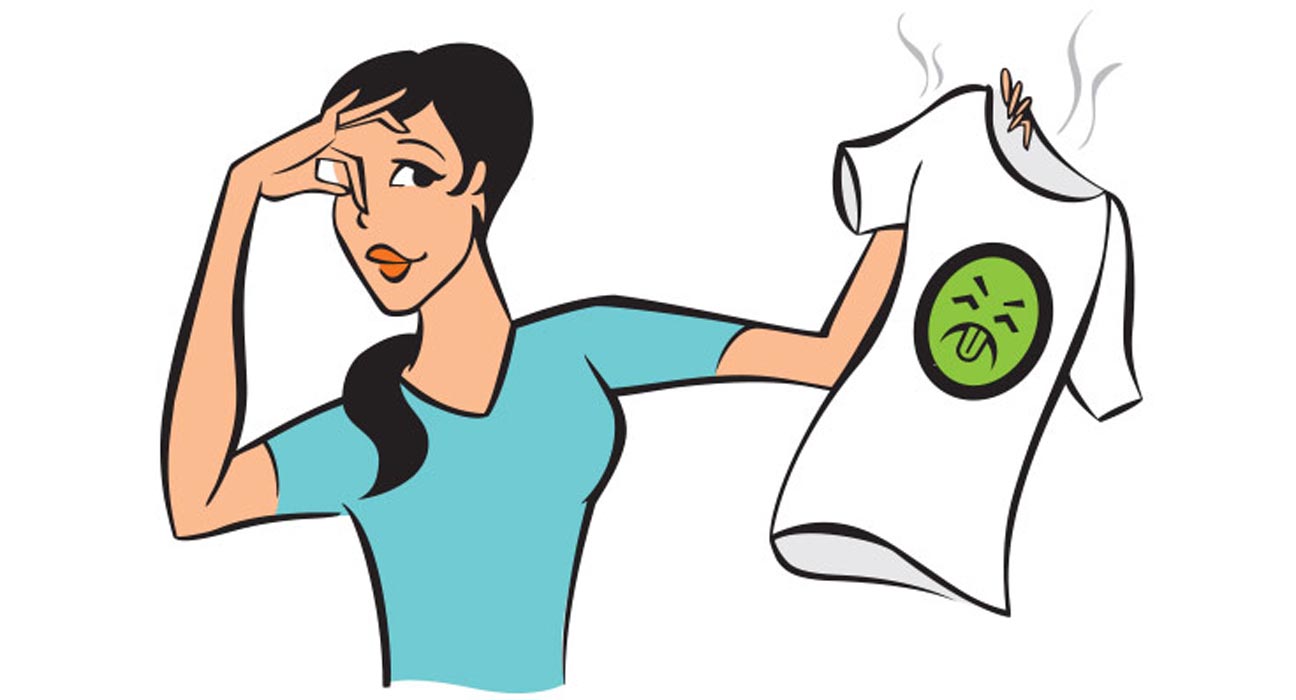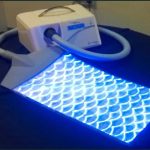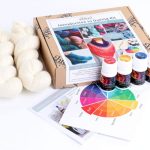Odour Resistant Fabric is also known as Anti Odor fabric or Odorless Fabric or Odor Proof Fabric. There are many innovative fabric trends on the rise; from the utilization of pineapple leaves to waterless denim. It seems as though a new kind of fabric technology is popping up every day. There are several technologies; however, they have been around for a while. One, being odour-resistant fabric treatments.
WHAT IS ANTI-ODOR TECHNOLOGY?
Anti-odor technology captures and blocks or kills odor-causing bacteria that comes from your body. It neutralizes the bacteria before it interacts with sweat; reducing the amount of body odor. When bacteria can’t mix with the moisture from your sweat, odors vanish.
Anti-odor technology is often confused with moisture-wicking; especially when you’re talking about athletic or workout clothes. But they’re not the same.
Moisture-wicking fabrics push moisture away from the body. They contain polyester, which doesn’t absorb as much water as cotton. Moisture-wicking fabrics help you cool down, but they don’t control odor.
There are many different factors to consider when choosing anti-odor clothing, including efficacy and safety.
Odour Resistant Fabric
How Odorless Fabric Works?
So, how exactly does this technology work? Well, there are several different kinds of formulations out there, developed by different companies. Here is how some of the main treatments used on the market today work.
THE BEST ANTI-ODOR TECHNOLOGY
The most popular anti-odor options include chemically treated antimicrobial fabrics, fabric woven or treated with silver and volcanic ash treated fabrics.
Let’s take a look at each of the different types to see how they compare.
Antimicrobial Fabrics
Antimicrobial Fabrics kill or inhibit the growth of bacteria. There are two main types of technology utilized to create odor-blocking materials:
- Antimicrobial chemicals: Triclosan and triclocarban are the two main antimicrobial chemicals used to treat clothing. They weaken the cell membrane of bacteria, causing the bacteria to die.
- Silver technology: Silver is naturally antimicrobial. When it oxidizes, it releases silver ions that are lethal to bacteria. Silver is incorporated into fibers and woven into the material.
Silver is most commonly found in workout wear, although some t-shirts; leggings, and socks also incorporate it into their fabric.
Anti Odor Fabric Applications and Uses
1. Apparel
Apparel is among the many applications of odour-resistant fabric; and is perhaps the most common application. Odour resistant fabric is widely utilized in activewear but has also been used for lingerie, outerwear, even denim. Some brands who are proponents of these fabric treatments include Patagonia, Ably Apparel, and Under Armour. Ably Apparel, specifically, has made a name for themselves because of their use of odor-free fabrics in their collections.
2. Footwear
The foot creates a perfect climate for bacteria to fester, which is why there is such a high demand for odour resistant fabrics in footwear. In the past, brands such as Adidas and Skechers have used Agion microbial fabrics in their soccer cleats and sneakers to make them performance-friendly.
3. Home
Surprisingly, the applications of odour resistant fabrics expand to the home as well. Microban’s technology, in particular, is said to add hygiene protection to home goods such as shower curtains, bedding, and mattresses; by creating a barrier against bacteria, mold, mildew, and other microbes that create odour. Crypton is one of the leading suppliers of odour-free fabrics for the home, and they pride themselves on being stain-resistant and sustainable.




